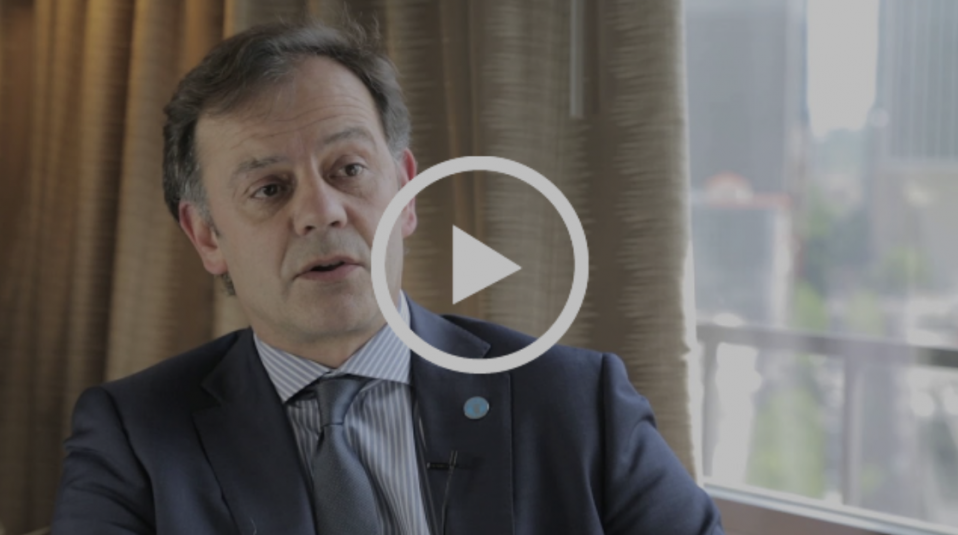WASHINGTON (Saving Seafood) – June 5, 2018 – Global poverty and malnutrition are falling worldwide, and the availability of affordable, healthy protein is a key reason why. Aquaculture, as one of the world’s fastest growing sources of food production, has been an essential part of this development.
Saving Seafood is taking a closer look at the role that aquaculture plays as a source of food, nutrition, and employment for millions of people around the world in a new series, Aquaculture Today. We interview leading aquaculture experts on the latest breakthroughs and developments in farmed seafood, and the role it plays in the future of human health and the global food supply.
Worldwide, protein consumption has more than doubled in the past 50 years, going from 9 kg per person per year to nearly 20 kg per person per year. Fish, as a cheap and readily accessible food source, has made up a large share of global protein consumption. As the demand for affordable sources of protein grows along with the world’s population, these fish are increasingly being produced through aquaculture.
“Aquaculture has been the fastest [growing] food production industry in the world for the last four decades,” says Manuel Barange, Director of Fisheries and Aquaculture at the UN Food and Agriculture Organization. “We need to make sure that is maintained, perhaps not at the same growth, but that it is maintained because it provides not just nutrition, but actually livelihoods and economic opportunities in places where there are not many other opportunities for economic development.”
The importance of aquaculture to global seafood production is only expected to increase, with the production of farmed seafood expected to dwarf that of wild-caught seafood in the next 15 years.
“The projections are that we’ll reach 62 percent of food fish coming from aquaculture by around 2030,” says Dan Lee, Standards Coordinator for the Global Aquaculture Alliance’s Best Aquaculture Practices Program.
This growth presents an opportunity for fishing communities, which have a chance to diversify to meet the needs of the global seafood market.
“One thing that I would really like to see the industry support [NOAA] stepping up with is dealing with this sort of issue, trying to help these communities start to either diversify their fisheries or thinking more about how they can move into aquaculture,” says Richard Merrick, former Chief Scientist at NOAA Fisheries.
Aquaculture Today comes from interviews conducted by Saving Seafood at the 2017 SeaWeb Seafood Summit in Seattle, Washington.
Source: Saving Seafood




Recent Comments